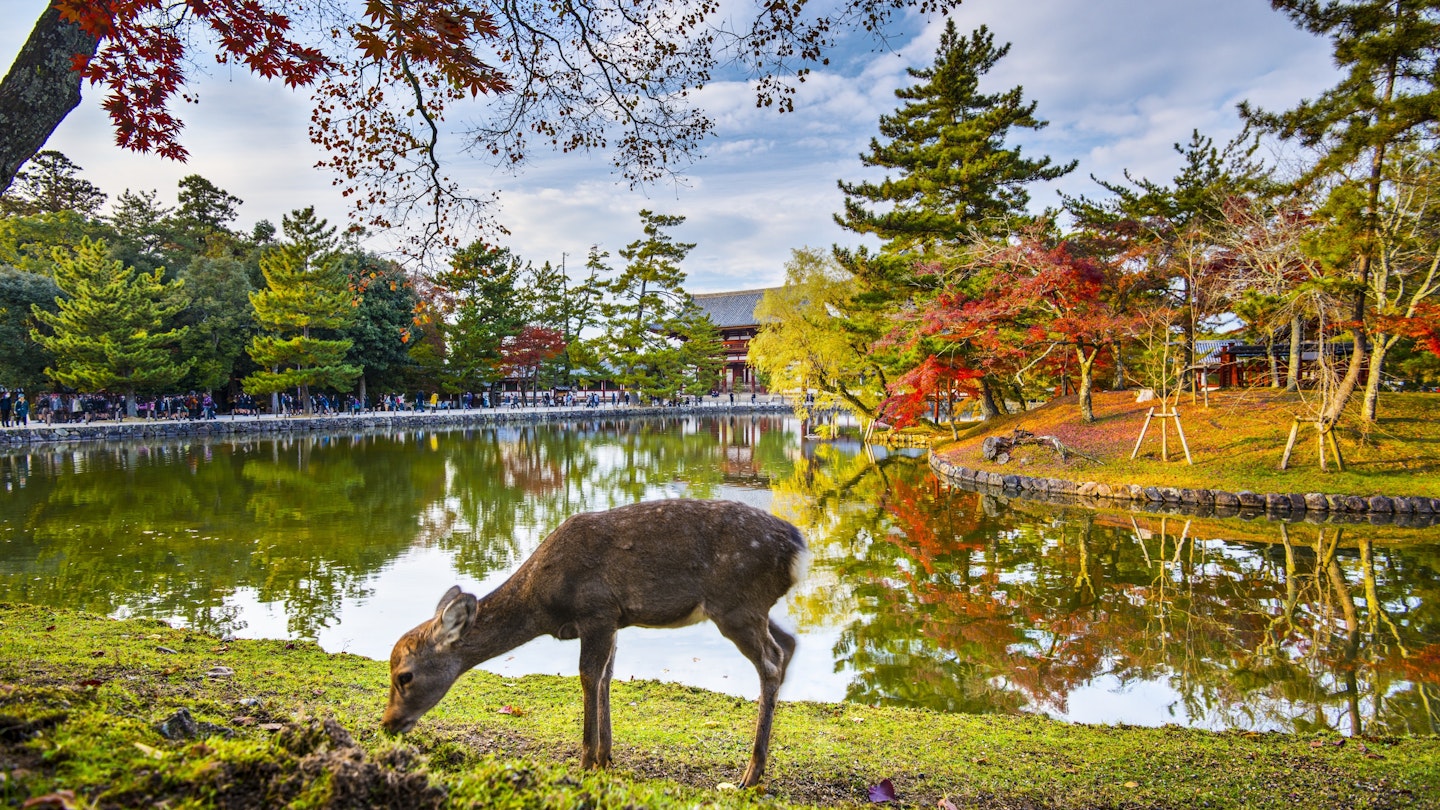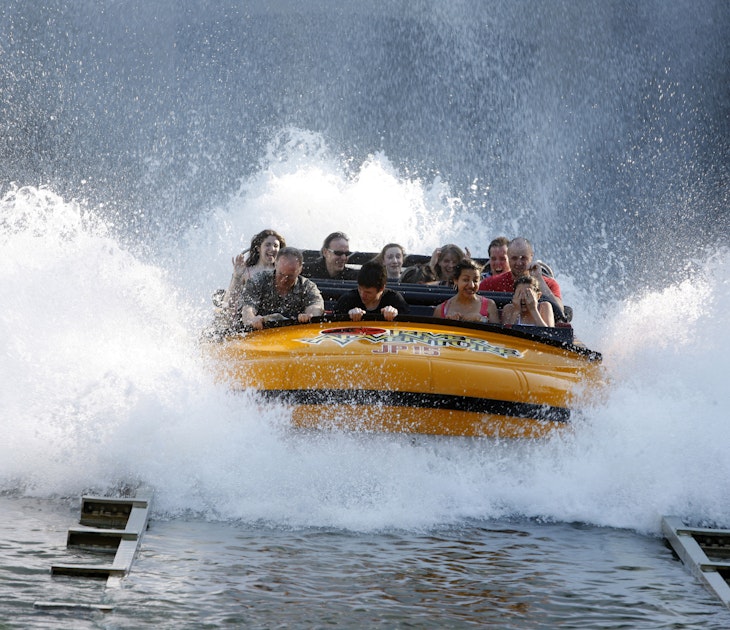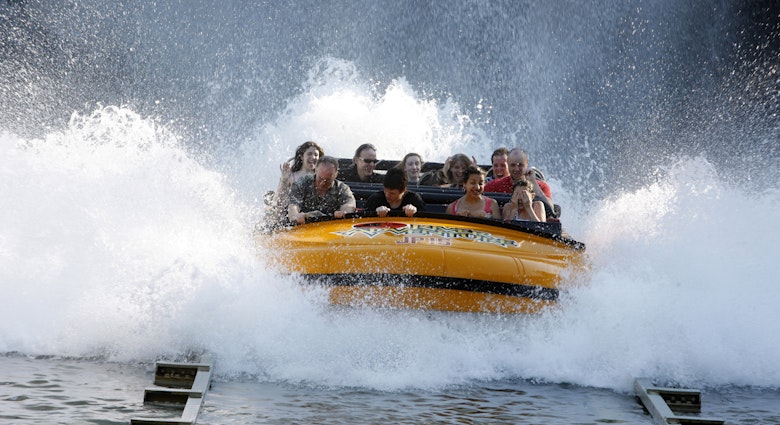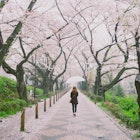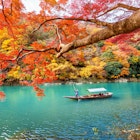Just next door to Kyoto and Osaka lies Nara, Japan’s first permanent capital and a city where sacred deer still roam the narrow streets. With eight Unesco World Heritage Sites and some of the country’s most significant cultural landmarks, this compact and picturesque city punches above its weight when it comes to places of interest.
Despite this, Nara is often overshadowed by its more famous neighbours. However, if you take the time to explore its rich history, beautiful scenery and charming neighbourhoods, you’ll find Nara is a rewarding destination with more to offer than just cute pictures of deer. Here are seven reasons to visit Nara.

1. Befriending the deer at Nara Park
Let’s be honest – the deer are what you came here for! Nara’s pleasant park, full of tranquil ponds and small tree groves, is where the majority of the city’s 1200 semi-wild deer spend their time. Once revered as messengers of the gods, these adorable animals now bow to visitors in attempt – usually successfully – to be fed. If you want to join in the fun and make some new friends, you can buy special shika senbei (deer crackers) for just ¥150 from any of the nearby stalls. Be prepared: when they see you have crackers, they will come running!
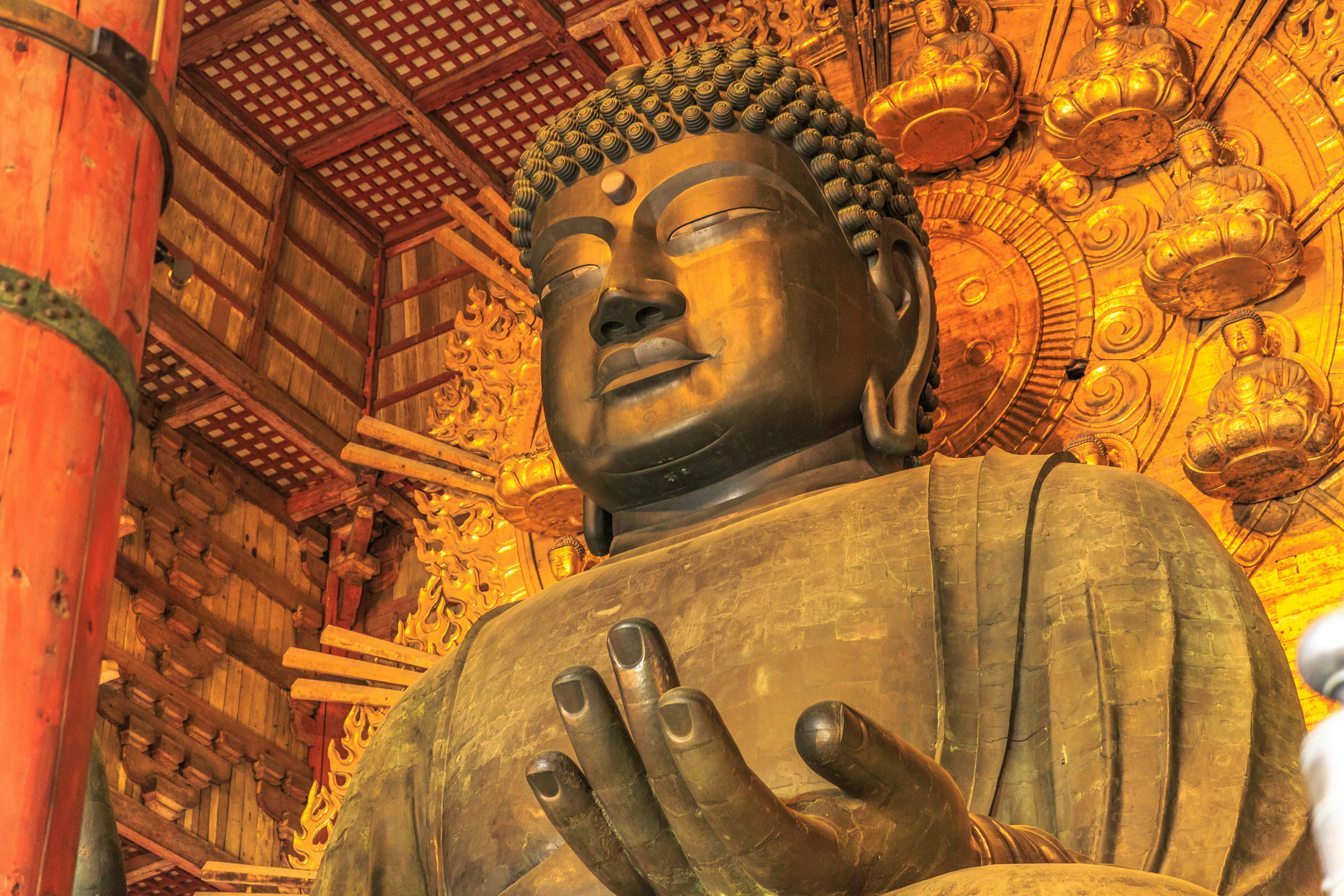
2. Being awestruck at Tōdai-ji temple
Inside the grounds of the park you’ll find the most significant temple in Nara: Tōdai-ji. Enter through the imposing Nandai-mon gate, watched over by two ferocious-looking guardian deity statues, before checking out the huge, awe-inspiring main hall. Inside stands a 15-metre-tall bronze statue of Buddha, behind which is a pillar with a hole in it that’s the same size as one of his nostrils. Legend has it that if you can squeeze all the way through, you’ll gain enlightenment in the next life. After trying your luck, visit the lesser-known Nigatsu-dō hall to enjoy picturesque views over the city rooftops from its balcony. If you’re staying the night in Nara, wandering around the peaceful grounds after dark when the day trippers have gone home is a much more spiritual experience.
You might also like this: The best day trips from Kyoto

3. Seeing Kōfuku-ji temple’s pagoda
The other big name on Nara’s temple roster is Kōfuku-ji. Its most famous feature is the landmark that has become a symbol of Nara – a magnificent five-storey pagoda that soars above the surrounding landscape like a beacon. At 50.1 metres, it’s the second tallest pagoda in Japan. Take a stroll around the temple’s gravel-covered grounds, where there are plenty of other buildings to see, or pop into the National Treasure Museum to admire the temple’s collection of Buddhist art.

4. Losing yourself at Kasuga Taisha shrine
Kasuga Taisha is one of the most beautiful spots in a city that’s full of breathtaking scenery. The atmospheric, lantern-lined pathways of this Shinto shrine lead you through the trees to the bright red architecture of its inner courtyard. Here, yet more intricate lanterns are suspended from the overhanging roofs of every building. These are only lit twice a year, but there’s a small, pitch-black room within the grounds where you can immerse yourself in their ethereal glow all year round.
5. Hiking Mount Wakakusa
Those who want to do something a bit more active during their stay in Nara should make for Mount Wakakusa. This grassy hillside offers a short but steep hike to the 342-metre-high summit, with plenty of picnic spots on the way. The top can also be reached via a longer, gentler route through the Kasuga Primeval Forest on the other side of the mountain (a route which avoids the nominal ¥150 entrance fee). Wakakusa is one of the city’s top cherry blossom viewing spots in the spring, while in January the entire hillside is set ablaze during the dramatic Wakakusa Yamayaki festival.
You might also like this: Kyoto and more: the highlights of Japan’s Kansai region

6. Sampling the local fare
Like pretty much every Japanese city, Nara has its fair share of local delicacies to try during your trip. Grab a box of the bite-sized kakinoha sushi, which come wrapped in a persimmon leaf, then join the crowd outside the Nakatanidou mochi (sticky rice cake) shop. These guys pound rice at breakneck speed to create yomogi mochi, which is flavoured with mugwort, sweet red bean paste, and roasted soybean flour that scents the air up and down the street. The finished product is mouthwateringly good – soft, chewy and so fresh it’s still warm.
7. Quenching your thirst
As well as food, Nara has an array of local tipples to try. The prefecture considers itself the home of sake (Japanese rice wine), so head to Harushika brewery to enjoy a tasting session for only ¥500. If beer is more your thing, drop into LBK Craft to sample a range of craft brews from local breweries. The speakeasy-style Lamp Bar is the perfect place to end an evening in style, enjoying original cocktails from one of the best bartenders in the world.
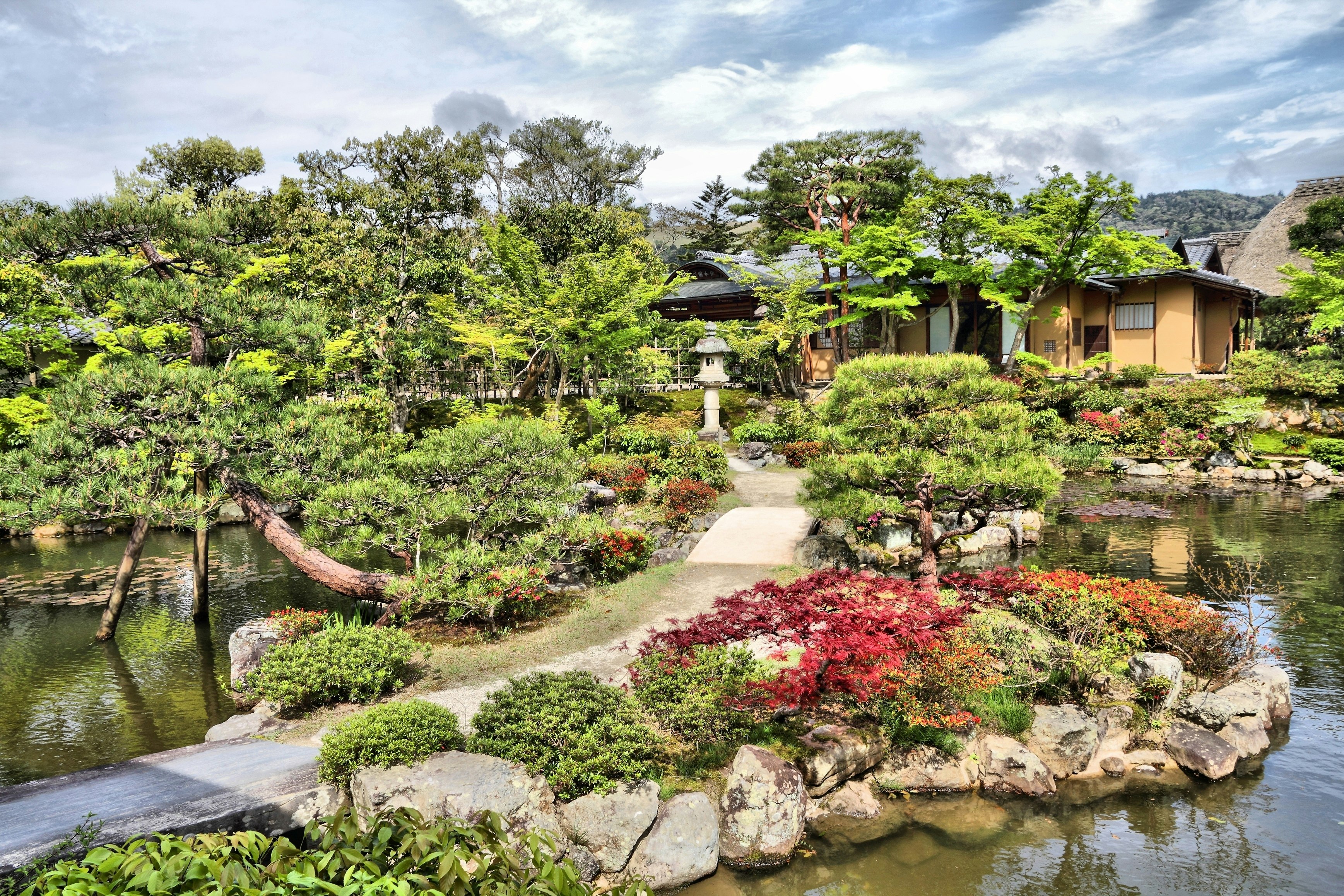
Extend your itinerary
While these attractions are Nara’s shining stars, there are a wealth of other interesting sights to explore if you have longer in the city. The Isui-en and Yoshiki-en zen gardens are ideal places for a contemplative stroll, whereas a walk around the old merchant neighbourhood of Naramachi gives you a glimpse at Nara of old. On a rainy day, exploring the world-class Buddhist art of the Nara National Museum is the perfect way to spend an afternoon, whilst the city’s narrow shopping arcades are perfect for picking up local arts and crafts, and deer-emblazoned souvenirs.
Getting there
There are two main train stations in Nara city: Kintetsu Nara and JR Nara. Both are located in the city centre, within easy walking distance of Nara’s main attractions.
Direct trains run from Kyoto and Osaka to both stations, making it a convenient choice for a day trip from either city. However, to really get under Nara’s skin and find out what makes it so special, you’re going to want to make it an overnight trip at least.
If you’re coming from Tokyo, the best option is to take the shinkansen (bullet train) to Kyoto and continue your journey from there.

